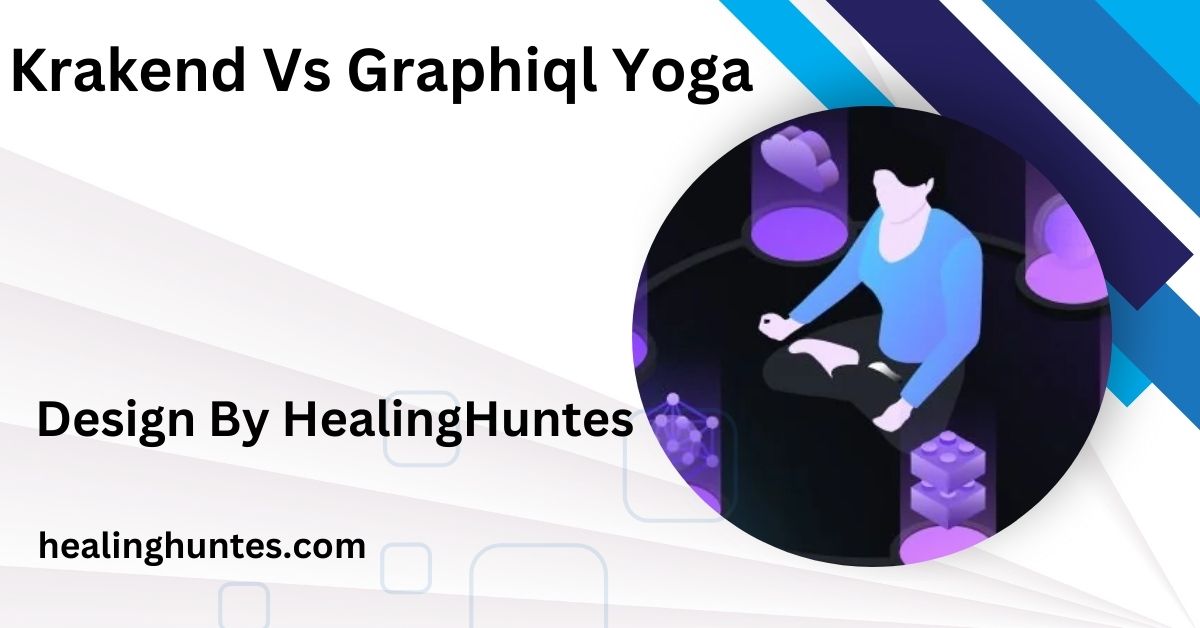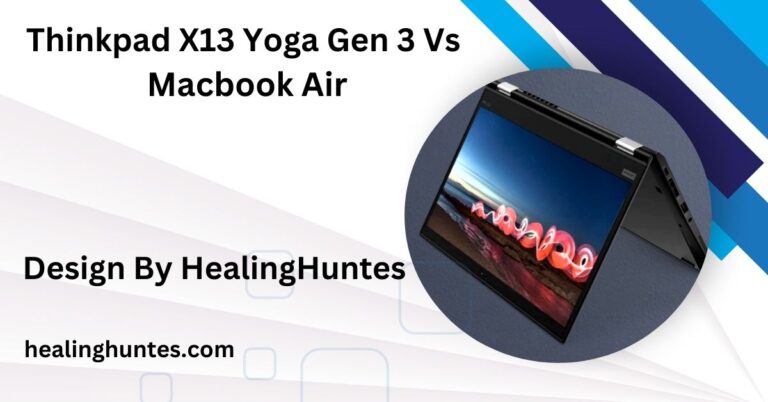Krakend Vs Graphiql Yoga – Krakend Performance Review!
Krakend is a high-performance API gateway, while GraphiQL Yoga is a flexible GraphQL server for customizable projects.
In this article, we will talk about the ultimate showdown between Krakend vs GraphiQL Yoga. These two powerful tools are making waves in the world of API development, each offering unique features to meet different needs.
Krakend vs GraphiQL Yoga:

When it comes to modern API development, both Krakend and GraphiQL Yoga are popular solutions for creating GraphQL APIs. However, each has its strengths and ideal use cases. Let’s dive into a detailed comparison of Krakend and GraphiQL Yoga to help you make an informed decision on which to use for your next project.
Overview of Krakend:
Krakend is an API gateway designed to simplify the management of GraphQL APIs. Unlike traditional API gateways, Krakend focuses on performance, scalability, and security. It helps in routing, managing, and securing APIs while offering flexibility to integrate with various back-end services.
Krakend is particularly beneficial when you need a robust, high-performance API gateway for microservices. It allows you to aggregate multiple GraphQL services, which makes it ideal for complex systems where you want to combine multiple APIs into a single endpoint.
Key Features of Krakend:
- API Gateway: Krakend acts as a centralized gateway for multiple APIs.
- Aggregation: It supports the aggregation of multiple APIs (REST and GraphQL) into a single endpoint.
- Security: It has built-in features for API security, including authentication, rate-limiting, and IP whitelisting.
- Performance: Krakend is optimized for high throughput and can handle complex routing scenarios efficiently.
- Scalability: It’s designed to scale horizontally, making it ideal for high-traffic environments.
Also Read: Print On Demand Cork Yoga Mats In U.S. – A Complete Guide!
Overview of GraphiQL Yoga:
GraphiQL Yoga is a flexible, customizable GraphQL server framework that provides tools to build GraphQL APIs with ease. It simplifies the creation of GraphQL servers by offering a set of utilities and a simple API to interact with various databases, services, or other data sources.
GraphiQL Yoga is built on top of the GraphQL JS library and is designed to be extensible.
It’s suitable for developers looking for a more hands-on approach to managing GraphQL APIs, giving them full control over the server’s architecture while still simplifying the implementation.
Key Features of GraphiQL Yoga:
- Ease of Use: GraphiQL Yoga simplifies setting up a GraphQL server with minimal configuration.
- Customizability: Developers have the freedom to modify or extend the framework to fit specific needs.
- Subscription Support: Built-in support for real-time subscriptions using WebSockets.
- Integration with Other Tools: It works well with various database connectors, authentication methods, and middlewares.
- Schema Stitching: It supports schema stitching for combining multiple GraphQL services.
Performance Comparison: Krakend vs GraphiQL Yoga:

- Krakend Performance: Krakend is designed with performance in mind. Its focus is on handling high volumes of requests, routing them efficiently, and providing high-throughput responses. It’s built for scalability and performs particularly well in environments with heavy traffic.
- GraphiQL Yoga Performance: GraphiQL Yoga’s performance is highly dependent on how it’s implemented. It is suitable for moderate to high-traffic applications but might not scale as seamlessly as Krakend when dealing with extensive microservice architectures or massive traffic volumes.
4. Use Cases:
Krakend Use Cases:
- Microservices Architecture: If your project involves a microservices setup, Krakend acts as an ideal API gateway, integrating multiple services into one endpoint.
- High-Traffic Applications: Krakend is better suited for applications with high throughput demands due to its performance-oriented design.
- Secure APIs: When API security, rate limiting, and caching are a concern, Krakend offers built-in features to address these needs.
GraphiQL Yoga Use Cases:
- GraphQL API Development: If you’re focused primarily on building GraphQL APIs, GraphiQL Yoga offers a simple, flexible server framework to get started.
- Customizable Projects: For projects that need flexibility and extensibility, GraphiQL Yoga allows developers to customize the server and integrate various data sources.
- Real-Time Applications: With built-in support for WebSockets, GraphiQL Yoga is an excellent choice for building real-time applications like chat apps, live feeds, or notifications.
Also Read: Luna Sheen Yoga – Embrace Serenity and Inner Balance!
Ease of Use:
- Krakend: Krakend is easy to set up but might require more configuration than GraphiQL Yoga, especially for developers unfamiliar with API gateways. The setup process involves configuring routes, security settings, and API aggregation, which could be overwhelming for beginners.
- GraphiQL Yoga: GraphiQL Yoga is more beginner-friendly when it comes to building GraphQL servers. It abstracts many complexities, allowing developers to get up and running quickly. However, it might require more effort to scale when dealing with very large systems.
Community and Support:
- Krakend: Krakend has a growing community, and since it’s an open-source project, it benefits from contributions and support from developers worldwide. The documentation is well-maintained and provides a solid foundation for new users.
- GraphiQL Yoga: GraphiQL Yoga also has strong community support, given that it’s part of the GraphQL ecosystem. It’s maintained by the GraphQL Foundation, and developers can find extensive resources, tutorials, and community discussions to help them troubleshoot issues.
Integration with Other Tools:

- Krakend: Krakend supports integrations with a variety of back-end services, such as databases, REST APIs, and other GraphQL services. It also has built-in support for caching, logging, and monitoring, which makes it a powerful tool for complex architectures.
- GraphiQL Yoga: While GraphiQL Yoga is more focused on GraphQL server implementation, it supports integration with databases and other services through resolvers and middleware. However, it doesn’t have the same level of built-in support for non-GraphQL services like Krakend does.
Security Features:
- Krakend: Krakend comes with built-in security features, including JWT authentication, OAuth, API rate limiting, and IP whitelisting. These features make it a reliable choice for protecting APIs.
- GraphiQL Yoga: While GraphiQL Yoga doesn’t have as many built-in security features, it can be extended with custom middlewares for authentication, authorization, and rate limiting.
Scalability:
- Krakend: Krakend is designed for high scalability and can handle large volumes of traffic with ease. Its architecture is optimized to scale horizontally, making it a good choice for large-scale applications with complex routing needs.
- GraphiQL Yoga: GraphiQL Yoga can scale, but it requires more manual effort. As the project grows, additional optimization and configuration will be needed to maintain performance.
FAQ’s
1. What is Krakend?
Krakend is a high-performance API gateway designed for managing and securing GraphQL APIs.
2. What is GraphiQL Yoga?
GraphiQL Yoga is a customizable GraphQL server framework for building and managing GraphQL APIs.
3. Which is better for microservices?
Krakend is ideal for microservices, as it integrates multiple APIs into a single endpoint.
4. Can GraphiQL Yoga scale for high traffic?
GraphiQL Yoga is suitable for moderate traffic but may require additional optimization for high-traffic environments.
5. Does Krakend support security features?
Yes, Krakend has built-in security features like JWT authentication, rate limiting, and IP whitelisting.
Conclusion
In conclusion, both Krakend and GraphiQL Yoga offer powerful features for GraphQL API development, but they serve different purposes. Krakend excels in handling high-traffic environments with its API gateway, security, and scalability, while GraphiQL Yoga is ideal for building customizable, real-time GraphQL servers. Choose Krakend for large-scale systems, and GraphiQL Yoga for flexible, developer-friendly projects.






